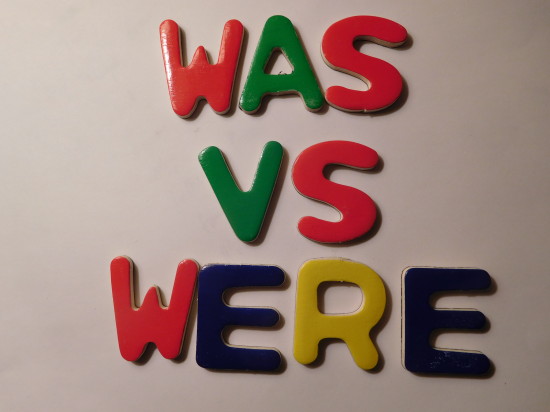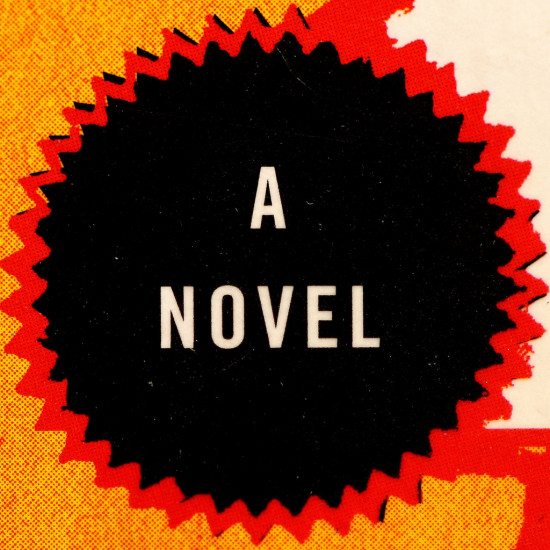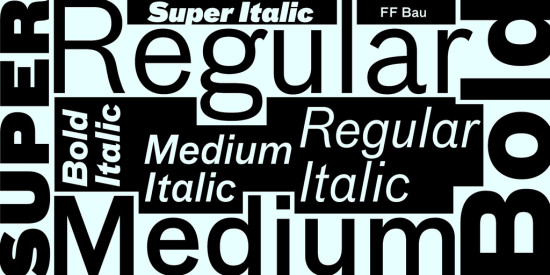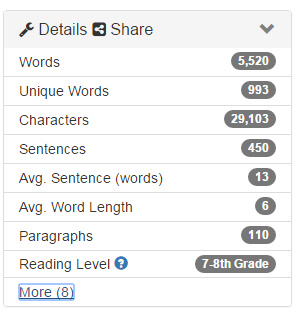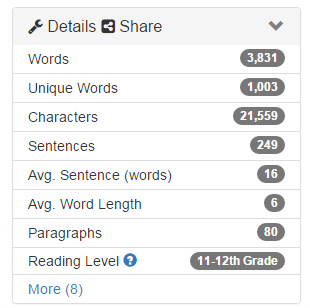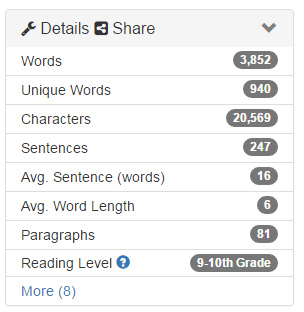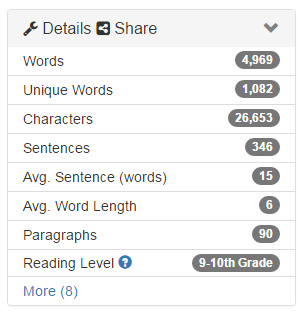How Many Words Are There in a 10 Minute Speech?

Some people speak slowly when giving a speech while others speak quickly. Those who speak quickly will need to write more words for each minute of their speech than those who speak at a slower pace. That being said, there are some general guidelines which can help you make an educated guess at approximately how many words will be needed for a speech.
The general rule for speech giving is 100 to 200 words per minute. With this in mind, a 10-minute speech would require 1,000 to 2,000 words. The WordCounter speaking time detail defaults 150 words per minute (an average speed which would give a result of 1,500 words, as this is the recommended speed for audiobooks to be read at for best listening), but you can use the options section to adjust to a slower or faster pace. Simply click on “Options” then the “Details” tab and then the wrench next to the “Speaking Time” button.
If want to know how many words per minute (WPM) you personally say when giving a speech, you can use a timer to time yourself, then input that number into the options section. Time yourself for one minute of your speech, then copy to where you made it into WordCounter to see how many words you speak per minute. This will give you a more accurate estimate of how many words you must write for however long the speech you need to make will be.
It’s important to remember that speech patterns can increase when a person is nervous. This means that even when determining the number of words needed for a 10-minute speech when practicing at home by yourself, you may actually need more during the actual speech if you get nervous.
While the number of words in a speech will depend heavily on how fast or slow the person giving the speech speaks, for those who are looking for a basic estimate of how many words would be in a speech, you can use the following estimates. These estimates use the average speaking pace of 150 words per minute to estimate.
How many words in a 1-minute speech? There are 150 words in a 1-minute speech.
How many words in a 2-minute speech? There are 300 words in a 2-minute speech.
How many words in a 3-minute speech? There are 450 words in a 3-minute speech.
How many words in a 4-minute speech? There are 600 words in a 4-minute speech.
How many words in a 5-minute speech? There are 750 words in a 5-minute speech.
How many words in a 6-minute speech? There are 900 words in a 6-minute speech.
How many words in a 7-minute speech? There are 1050 words in a 7-minute speech.
How many words in an 8-minute speech? There are 1,200 words in an 8-minute speech.
How many words in a 9-minute speech? There are 1,350 words in a 9-minute speech.
How many words in a 10-minute speech? There are 1,500 words in a 10-minute speech.
How many words in a 15-minute speech? There are 2,250 words in a 15-minute speech.
How many words in a 20-minute speech? There are 3,000 words in a 20-minute speech.
How many words in a 25-minute speech? There are 3,750 words in a 25-minute speech.
How many words in a 30-minute speech? There are 4,500 words in a 30-minute speech.
How many words in a 45-minute speech? There are 6,750 words in a 45-minute speech.
How many words in a 1-hour speech? There are 9,000 words in a 1-hour speech.
How minutes is 250 words? 250 words is 1.67 minutes of speaking time.
How minutes is 500 words? 500 words is 3.33 minutes of speaking time.
How minutes is 750 words? 750 words is 5 minutes of speaking time.
How minutes is 1,000 words? 1,000 words is 6.67 minutes of speaking time.
How minutes is 1,500 words? 1,500 words is 10 minutes of speaking time.
How minutes is 2,000 words? 2,000 words is 13.33 minutes of speaking time.
How minutes is 2,500 words? 2,500 words is 16.67 minutes of speaking time.
How minutes is 3,000 words? 3,000 words is 20 minutes of speaking time.
How minutes is 4,000 words? 4,000 words is 26.67 minutes of speaking time.
How minutes is 5,000 words? 5,000 words is 33.33 minutes of speaking time.
How minutes is 7,500 words? 7,500 words is 50 minutes of speaking time.
How minutes is 10,000 words? 10,000 words is 66.67 minutes of speaking time.
(Photo courtesy of Scott Schiller)



